Any whitetail hunter knows that deer can move through the thickest brush or crunchiest leaves without making a sound, appearing or disappearing like smoke. Stealth is what helps that wobbly fawn eventually become a 4 1/2-year-old stud. Not so for piebald deer. When they’re moving through the woods, they stand out like a fart in church.
With their bright white splotches of hair mixed in with the normal brown, it doesn’t really matter how quiet they are in the woods; their visibility gives them away — like reverse camo.
If you’ve seen a piebald deer while hunting, you’re one of a lucky few. Only 1 in 1,000 deer are born with this rare genetic anomaly.
The gene for piebaldism is recessive, meaning that a deer won’t have the telltale markings if only one of its parents passed down the gene. If a deer inherits the piebald gene from both parents, aka double recessive, the deer will be born with a coat of brown and white.
However, if you remember Punnett squares from high school biology, even if both parents have the gene, there’s still only a 25% chance the fawn will inherit both.

The gene in question controls the production of melanin, which determines the color or pigmentation of an animal. The piebald gene produces less melanin, so the deer will lack color in some areas.
But that same gene is pleiotropic, meaning it controls numerous traits. In addition to the color anomaly, piebald deer can also have issues with bone development. There have been cases where deer have suffered from bowed spines, shortened or crooked legs, bowing of the nose, internal organ deformities, and shortened jaws.
To help add to your well of useful deer camp or barroom knowledge, take a crash course on the other pigment-based genetic anomalies that can be found not only in whitetails but throughout the animal kingdom.
RELATED – Hunter Tags Two ‘Albino’ Deer With One Arrow in Texas
Leucistic Deer
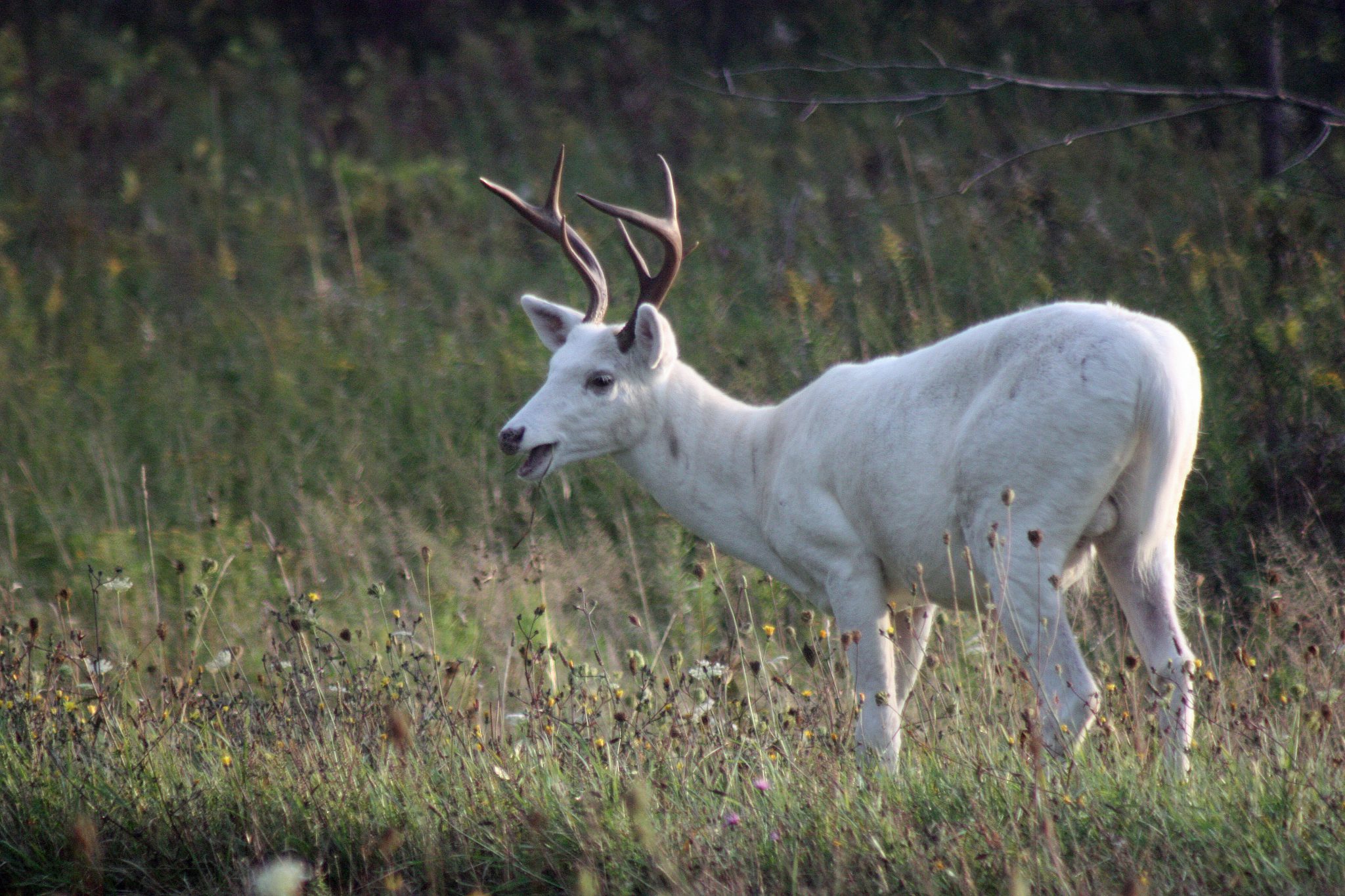
Leucism is a genetic mutation that affects pigmentation and presents somewhere between piebaldism and albinism, but leucistic deer don’t have the same deficiency in melanin production that piebald and albino deer have.
Only 1% of all deer (roughly 1 in 25,000) are leucistic. They are entirely white, but unlike albino deer, the mutation only affects the pigmentation of the coat. These deer retain normal pigmentation in their eyes and nose, but their hooves are white or translucent with body pigmentation that can look like a blond tint rather than spots.
Probably the most well-known population of leucistic deer in the US are the white deer of western New York’s now decommissioned Seneca Army Depot that once numbered in the hundreds.
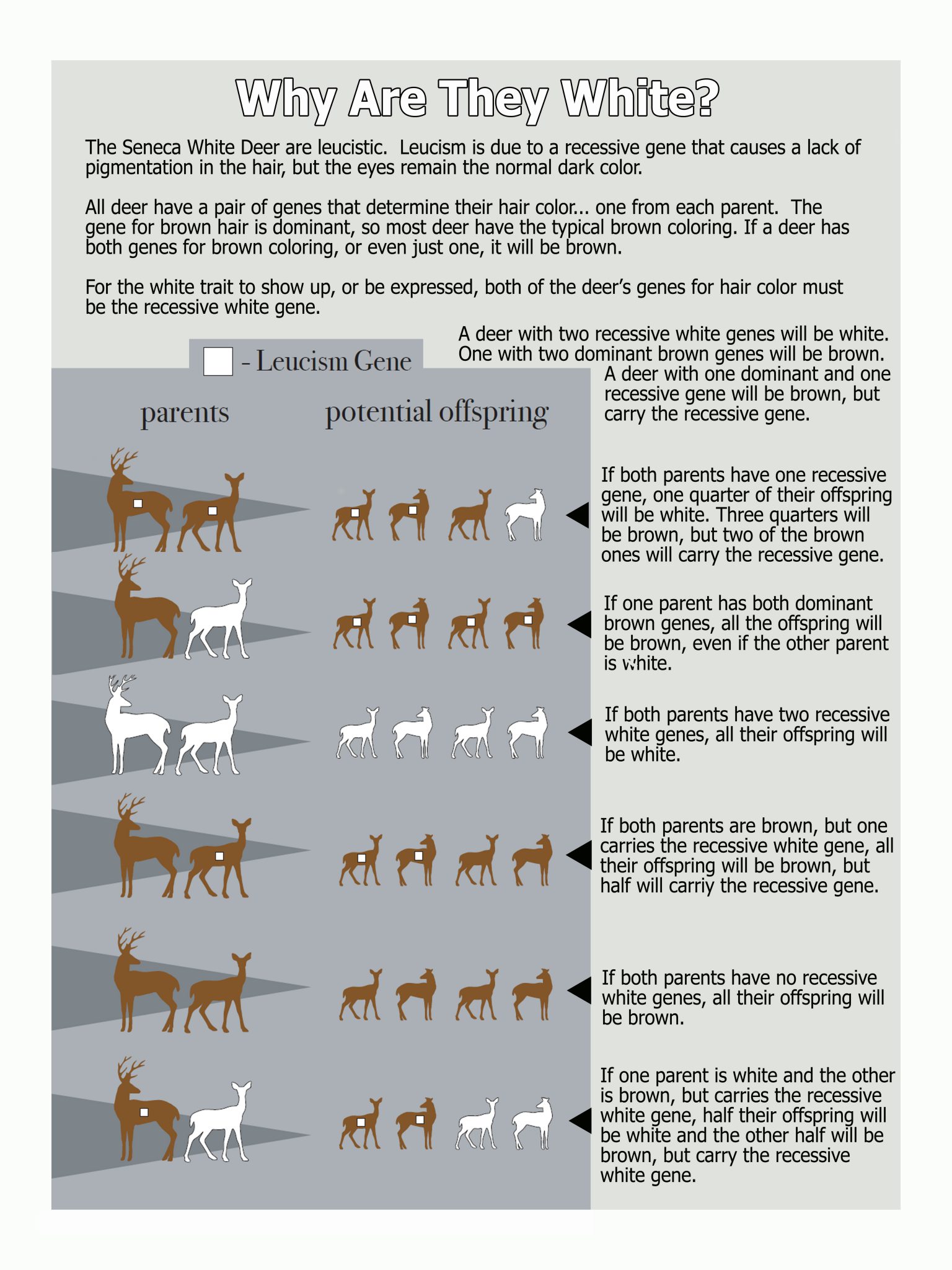
Dennis Money, president of Seneca White Deer, has seen their boom and their bust firsthand.
“They enclosed the depot in 1942 with a 24-mile fence,” Money said. “They had about three dozen brown deer within that fence, and hunting wasn’t allowed. In the early ’50s, they had over 2000 deer, which is well over the habitat’s carrying capacity. The first white deer seen were two white fawns in 1949. The base commander said if any of you guys shoot the white deer, you’re on the next plane to Iceland.”
Eventually, the white deer population peaked at roughly 300, according to Money.
Unfortunately, the population of white deer dropped like a stone because of poor habitat management. A lack of food caused many to starve to death. Money counted only 73 white deer on a helicopter recon trip in 2016.
RELATED – Underdogs: 4 Hunting Dogs That Beat Death and Got Back in the Field
Albino Deer

Albino deer are extremely rare and completely lack body pigment due to their cells failing to produce any melanin at all.
Albinism is actually a set of seven types of genetic mutations which reduce or completely prevent the synthesis of eumelanin or pheomelanin, resulting in a complete absence of melanin, which makes the skin and hair completely white and pupils pink.
Only about 1 in 30,000 deer are born as true albinos, but in places where they’re protected, that number could be as high as 1 in 100,000.
RELATED – Rare Deer Shot in West Texas Is Headed for the Record Books
Melanistic Deer
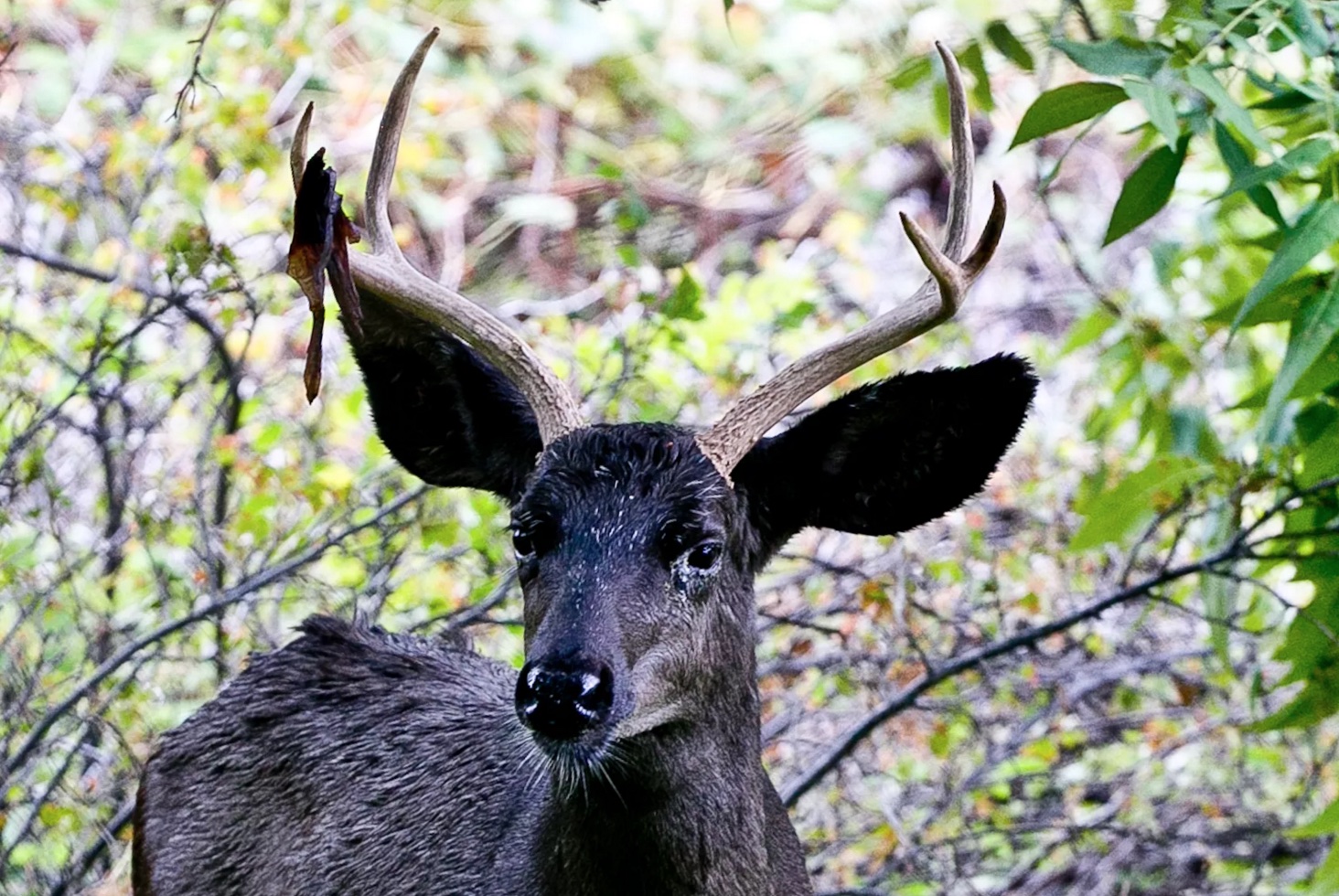
A melanistic deer is pretty much a piebald with its melanin production turned up instead of down. Since the deer’s body produces more melanin, it has extra pigment, which causes their coat to be darker — in some cases, it’s black.
Melanistic whitetails are as rare as albinos. The first known sighting of a melanistic deer was in 1929. While Texas seems to have the monopoly on melanistic deer prominence, they have also been seen in Mississippi, Michigan, Virginia, Pennsylvania, and South Carolina.
Of course, they can pop up anywhere due to genetic mutation.
RELATED – Buck Turns to Prayer, Busts Into Church on Michigan Deer Season Opener
Legal to Shoot?
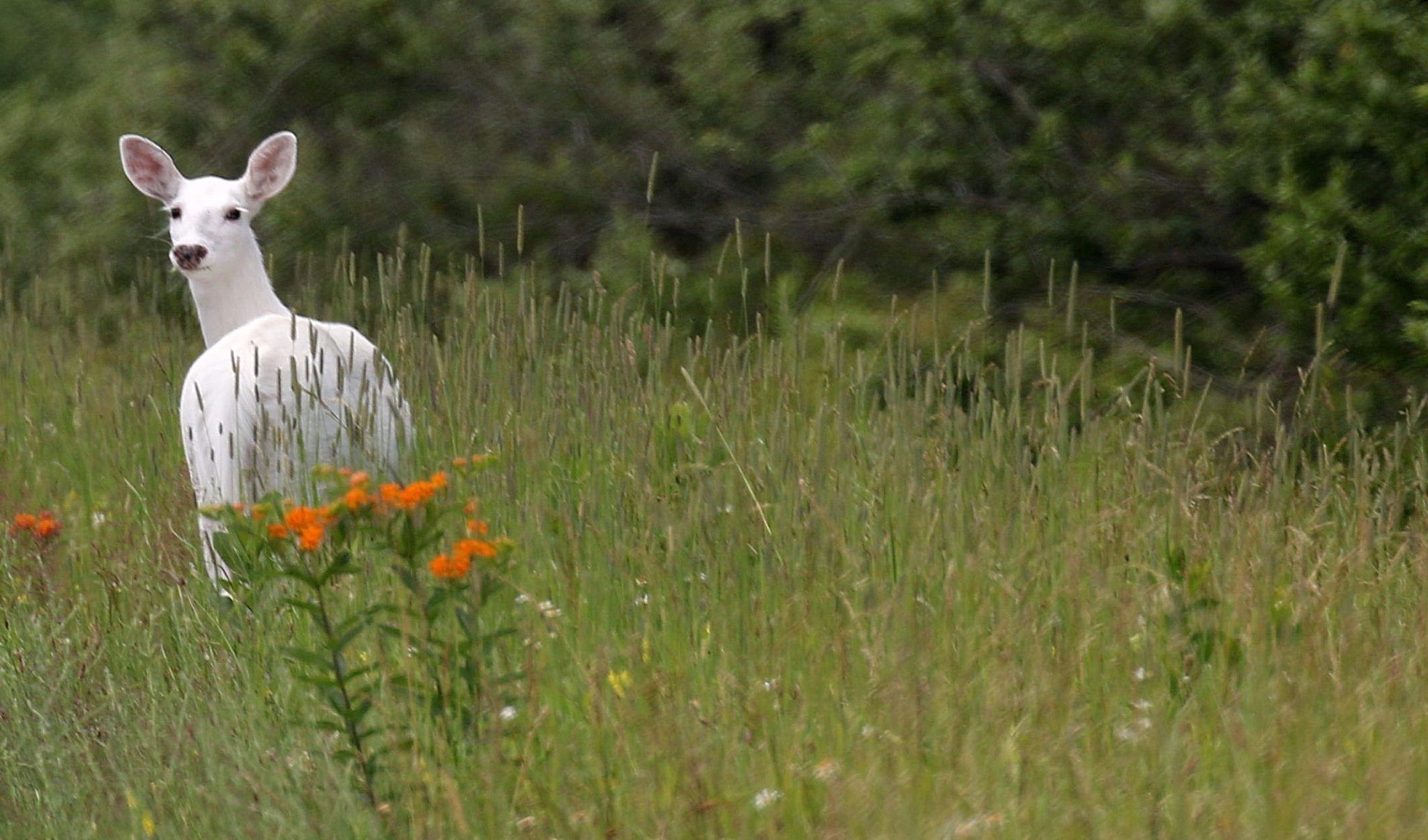
First, it’s important to note that while these deer are rare, they are not endangered, nor are they a discrete species; they are genetic mutations.
That being said, laws that pertain to hunting piebald, leucistic, albino, or melanistic deer vary from state to state. Albino whitetail deer are legal to shoot in New York, but it’s illegal to kill them in Illinois, portions of Montana, Tennessee, and Wisconsin (except in areas where Chronic Wasting Disease is a problem).
Iowa goes further — state hunting regulations say it’s illegal to kill any deer that’s more than 50% white. Interestingly, there’s nothing on the books about killing a melanistic deer.
If you’re in a state that has whitetails, check the local regs on shooting an albino, piebald, or leucistic deer before you head out, just to be safe.
READ NEXT – World Record Whitetail: Top 5 Non-Typical Archery Bucks

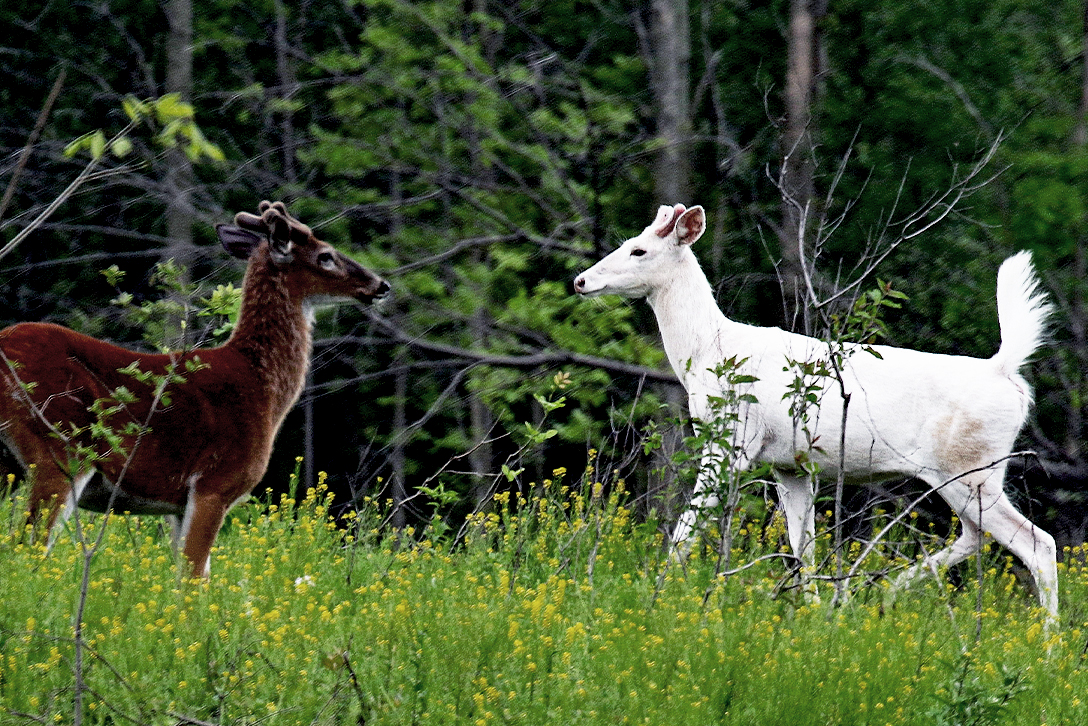


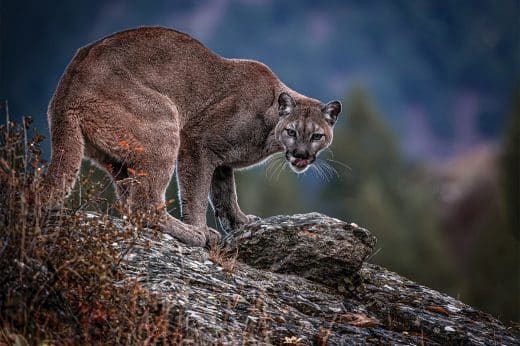
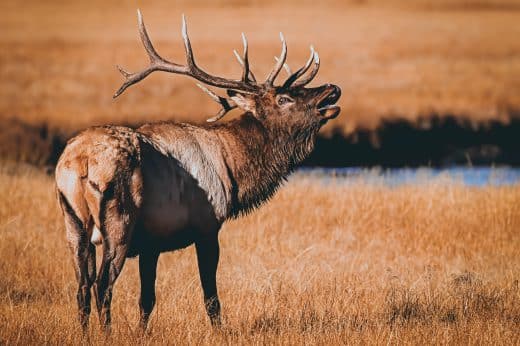


Comments